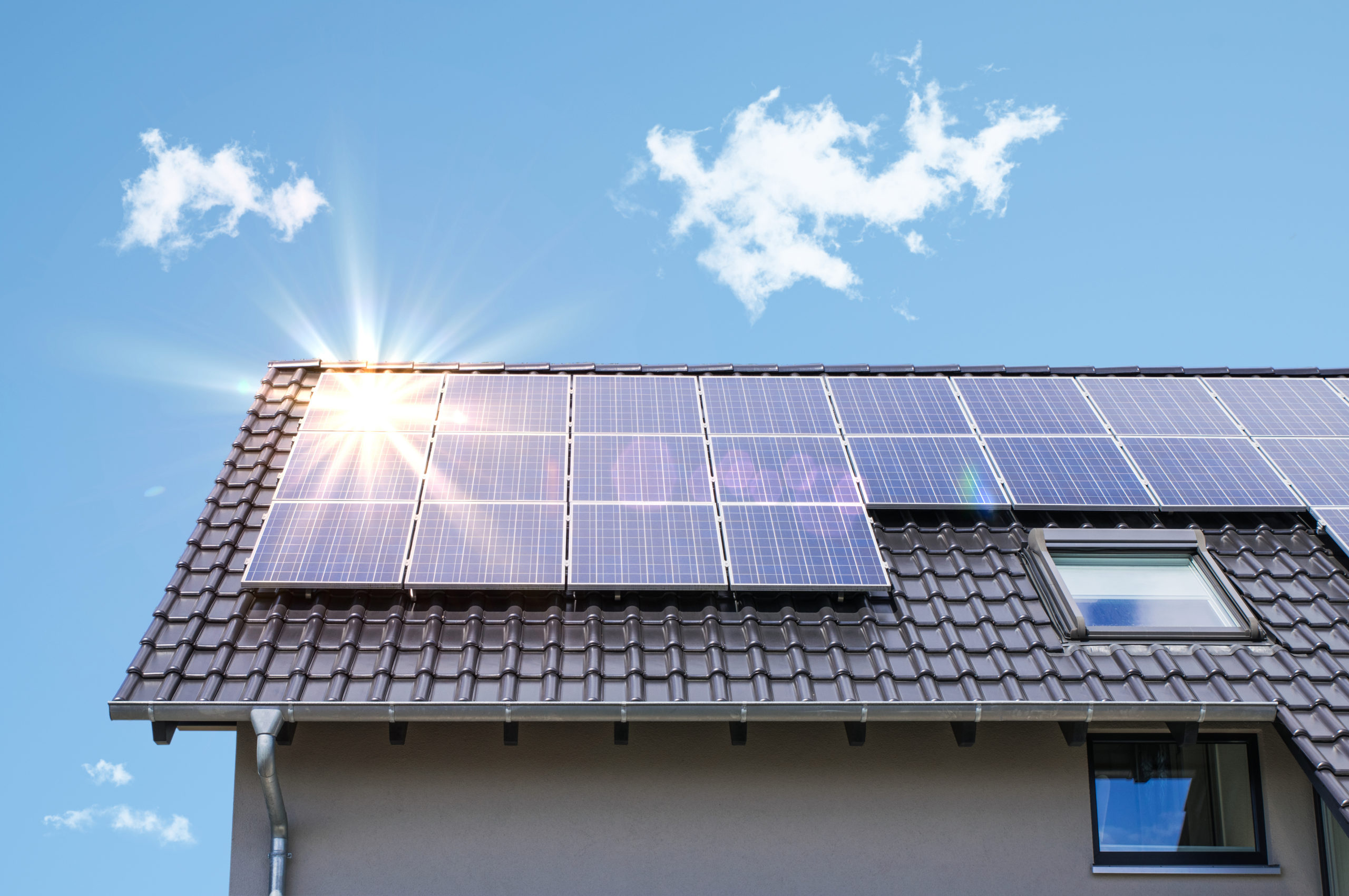Thanks to innovations that continue to drive the price of solar panels down while also increasing their energy efficiency, solar energy has become a realistic and potentially even practical option for homeowners. If you’ve just purchased solar panels for your home or are considering a purchase, you’re probably wondering what angle to set the panels at in order to produce the most energy. The optimal angle for your solar panels will vary depending on the climate you live in and your position on the globe, but there are still some general rules you can follow when installing the panels.
North Vs. South
One rule that might as well be set in stone is that solar panels in the Northern Hemisphere should always face true south, while solar panels in the Southern Hemisphere should always face true north. This is a simple rule you can follow to ensure your panels soak up sunlight throughout the day, but it will only get you so far. To optimize the energy production of your solar panels, you’ll want to adjust the angle of their tilt in accordance with the changing of seasons.
Seasonal Tilt
The first decision you’ll need to make is whether to adjust the angle of your solar panels twice or four times a year. In terms of overall energy production, adjusting the panels biannually in summer and winter makes a huge difference, while adjusting the angle another two times in the spring and fall makes a comparatively small difference. Whether you decide to adjust the angle an additional two times is up to you, but here’s a simple, if imperfect, formula to figure out the best angle for your solar panels in summer and winter.
Summer and Winter Angles
The quickest way to reasonably approximate optimal winter and summer angles for your solar panels is to add 15 to the latitude of your home in the winter and subtract 15 from the latitude for the summer. If your home sits at a latitude of 55 degrees, for example, you’ll want to set your solar panels at an angle of 40 degrees in the summer and 70 degrees in the winter. This is definitely not a perfect formula–it doesn’t account for the particulars of your climate–but it’s a fast and easy way to estimate the optimal summer and winter angles for your solar panels.
Solar Trackers
If you need to truly optimize the production of your solar panels for financial reasons, you may want to invest in a piece of equipment called a solar tracker. Solar trackers are hooked up to your solar panels and automatically adjust their angle so the panels can continuously absorb the maximum amount of sunlight. These devices can get pricey, but they may very well be worth the extra investment if you’re depending on the efficiency of your solar panels.







